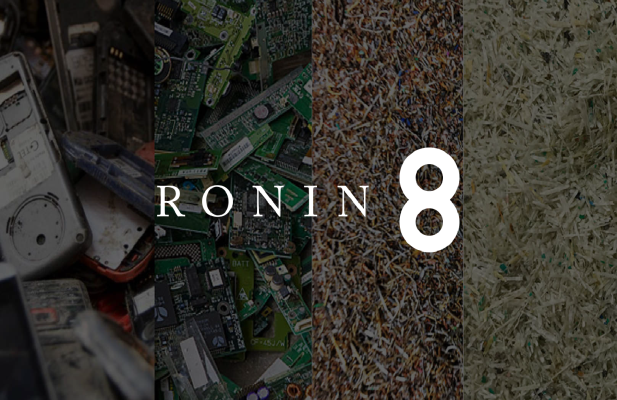Old and discarded phones are becoming a huge source of waste, with many components ending up in landfills or incinerators.
When a cell phone gets tossed, only a few materials get recycled, mostly useful metals like gold, silver, copper and palladium, which can be used in manufacturing other products. But other materials — especially fiberglass and resins — which make up the bulk of cellphones’ circuit boards, often end up at sites where they can leak dangerous chemicals into our groundwater, soil and air.
Previous attempts to separate fiberglass from resin used chemicals, heat or physical means, which are “energy consuming and the value of the material extracted is low plus the process is not cost effective, on the other hand a team of scientist at University of British Columbia, used a technique known as “gravity separation” to cleanly lift organic resins from inorganic fiberglass in a way “that doesn’t harm the environment.
The process, developed by Ronin8 Technologies, uses sound to achieve the separation. The scientists first calculate the density of the materials and then circulate the materials in recycled water through a sonic chamber — the sonic vibrations essentially “liberate” the materials from each other.
“The key here is gravity separation, which efficiently separates the fiberglass from the resin by using the differences in their densities.”
The researchers are working with the Canada-based Ronin8 facility to develop a large-scale commercial model of the process. The company seeks to promote an environmentally friendly method that will separate different plastics, fibers and metals in electronic waste streams without using toxic chemicals or losing precious metals.
The company’s aim is “to address the intrinsic faults in traditional e-waste processes today,” by achieving zero-waste solutions for electronics.






